The distinct feature of a geopark is the direct insight into geological processes and consequently into the history of Earth. It simply is a marvellous experience to see fossils in their original sediment and to learn more about their geological age and their habitat. It is equally fascinating to discover fault structures of rocks and to learn about caves and mines. The landscapes of the four Austrian UNESCO Geoparks offer great diversity and each of them offers a chance to experience about 470 million years of Alpine geological history.
Also available in German.
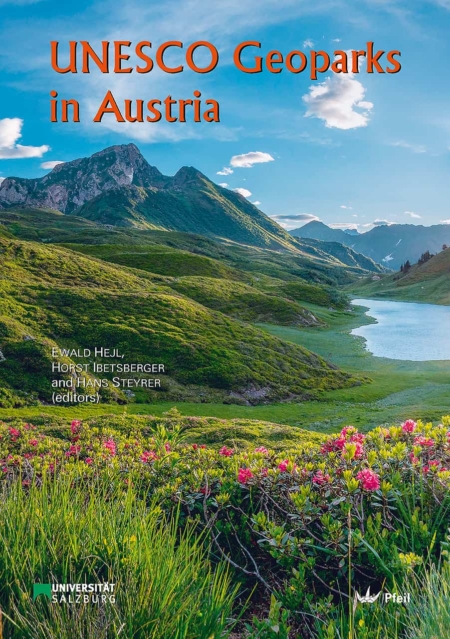
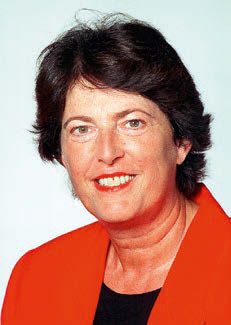 As the agency of the UN System charged with international scientific cooperation, UNESCO is actively involved in the area of geo-sciences. Since 1972, more than 40 years ago, UNESCO fosters a successful geo-scientific programme, the so-called IGCP (International Geoscience Programme). This programme promotes and supports global cooperation between geo-scientists, engages in innovative research and assists networks for multi-disciplinary observation. Since 2002 UNESCO is also involved in the certification of geo-parks in the international network. It was, however, only at the 38th General Conference in November 2015, that UNESCO decided to fully anchor the Global Geo-Parks Network in the organisation. Since then, four of the 120 UNESCO Geo-Parks are in Austria: Styrian Eisenwurzen, Carnic Alps, Ore of the Alps and the Austrian-Slovenian Geo-Park Karawanken. Global Geo-Parks are not a new category of protected areas. Instead they offer the opportunity to view protection of landscape and natural monuments in the context of societal questions: impact of climate change, protection of natural resources and bio-diversity, prevention and management of natural catastrophes. For the first time the fifth volume of the Guide to Natural and Cultural Experience, published by the University of Salzburg, presents jointly the four Austrian UNESCO Geo-Parks. It presents their diversity and specificities not only in geological or geo-botanical perspective, but also in history and culture. Twenty proposed walking tours lead interested visitors to unique landscapes and geological formations. In the name of the Austrian Commission for UNESCO I thank the publishers and authors for this marvellous initiative. To the interested readers of this volume much joy in their exploration!
As the agency of the UN System charged with international scientific cooperation, UNESCO is actively involved in the area of geo-sciences. Since 1972, more than 40 years ago, UNESCO fosters a successful geo-scientific programme, the so-called IGCP (International Geoscience Programme). This programme promotes and supports global cooperation between geo-scientists, engages in innovative research and assists networks for multi-disciplinary observation. Since 2002 UNESCO is also involved in the certification of geo-parks in the international network. It was, however, only at the 38th General Conference in November 2015, that UNESCO decided to fully anchor the Global Geo-Parks Network in the organisation. Since then, four of the 120 UNESCO Geo-Parks are in Austria: Styrian Eisenwurzen, Carnic Alps, Ore of the Alps and the Austrian-Slovenian Geo-Park Karawanken. Global Geo-Parks are not a new category of protected areas. Instead they offer the opportunity to view protection of landscape and natural monuments in the context of societal questions: impact of climate change, protection of natural resources and bio-diversity, prevention and management of natural catastrophes. For the first time the fifth volume of the Guide to Natural and Cultural Experience, published by the University of Salzburg, presents jointly the four Austrian UNESCO Geo-Parks. It presents their diversity and specificities not only in geological or geo-botanical perspective, but also in history and culture. Twenty proposed walking tours lead interested visitors to unique landscapes and geological formations. In the name of the Austrian Commission for UNESCO I thank the publishers and authors for this marvellous initiative. To the interested readers of this volume much joy in their exploration!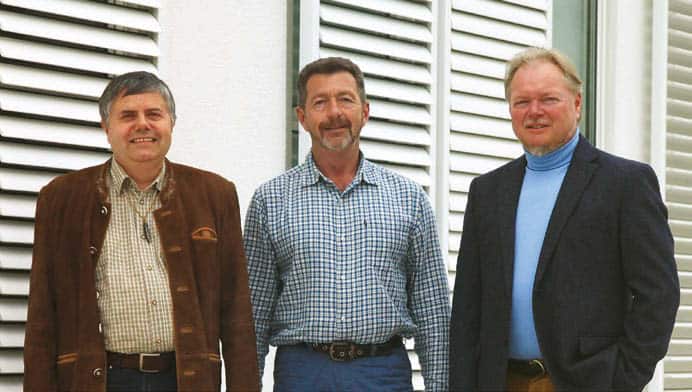
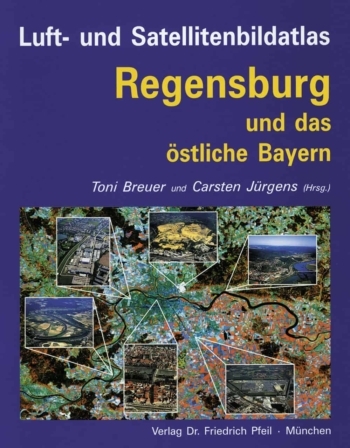
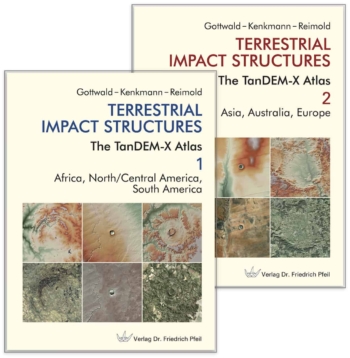
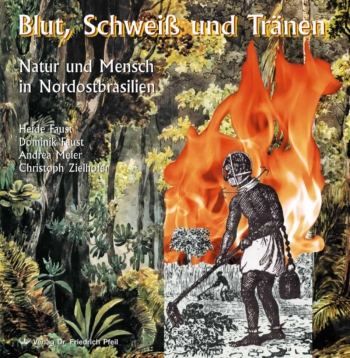
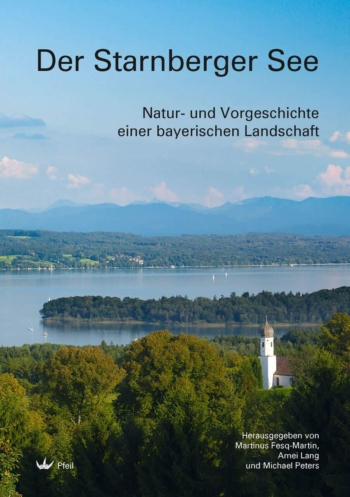
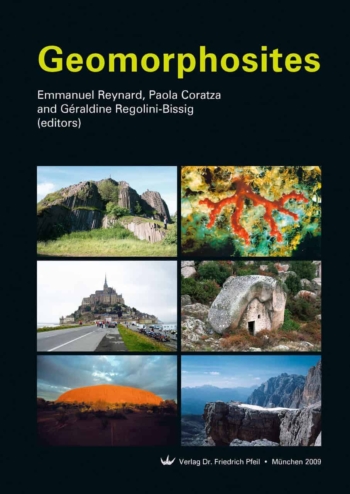
Rezensionen
Es gibt noch keine Rezensionen.